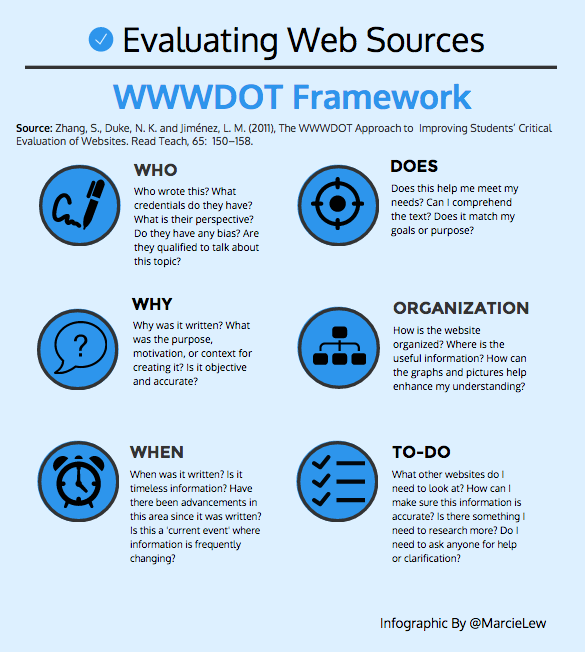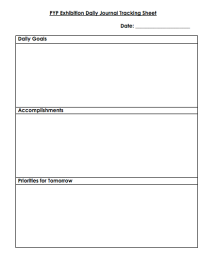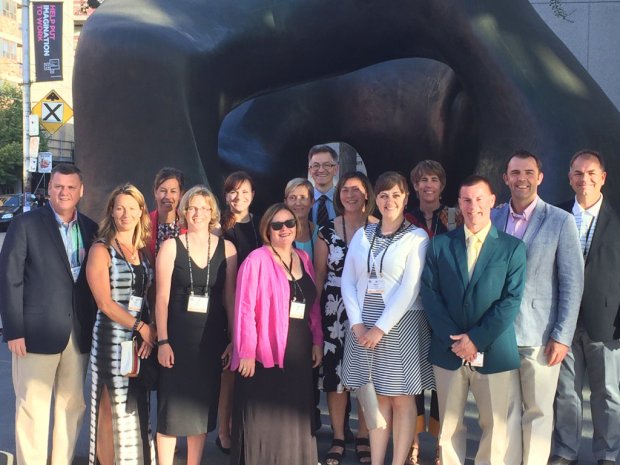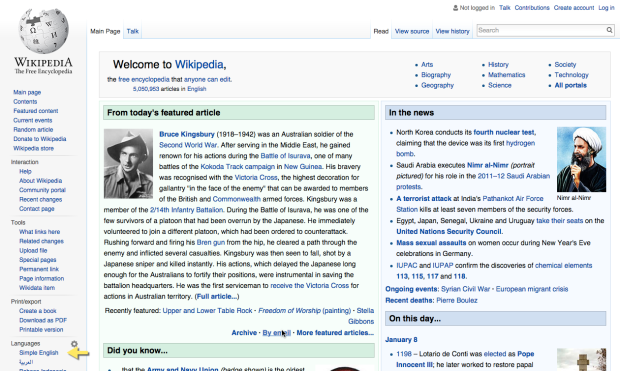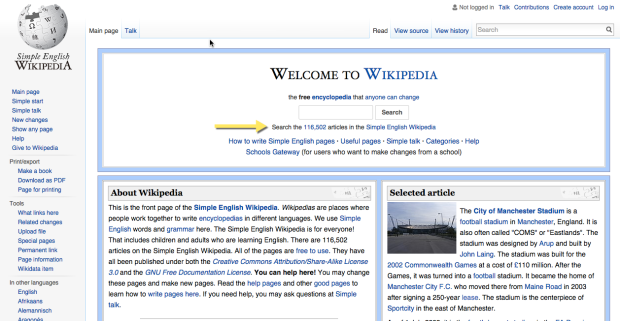My posts about previous Annual Learning Plans (2013-2014, 2014-2015), seem to be fairly well read so I feel compelled to write about my Annual Learning Plan this year, because it has taken a new direction.
This year, all of the teachers at my school were introduced to Folio Collaborative, an online platform that provides a venue for developing ongoing conversations about teaching and learning. It is a great tool for building professional relationships and a tool that I think has a lot of potential for helping foster a dynamic learning environment for professional learning. As a part of the introduction, teachers were asked to develop professional goals but we were asked by our Dean of Teaching and Learning, to write them in the form of a question based on the work of Warren Berger in A More Beautiful Question.
Each member of faculty was provided with giant sticky note chart paper and was asked to develop 3-5 ‘Beautiful Questions’ that would form the basis of their Annual Learning Plan for this year. After the questions were written down, each member of faculty posted there chart in around our large gathering space and an adjoining hallway to share with others. We then participated in a gallery walk, where we could provide comments, suggestions or feedback related to other people’s questions. In the end, the members of my department displayed their chart papers in our staff room as a continual display of our focus for the year.
My questions that I am investigating this year are:
- How can I help to support students in viewing math with a growth mindset and apply the principles of positive psychology to math instruction?
- How can I help other teachers utilize technology to support strong pedagogy to enhance student learning?
- How can I better support the PYP team in strengthening their understanding of the PYP to enhance students’ learning?
- How can I further develop students thinking skills to enhance there ability to think critically and creatively?
- How can I design my units and lessons to encourage and support deeper conceptual thinking and understanding?
For each goal, there are specific related action items and I can keep track of my progress within Folio Collaborative.
